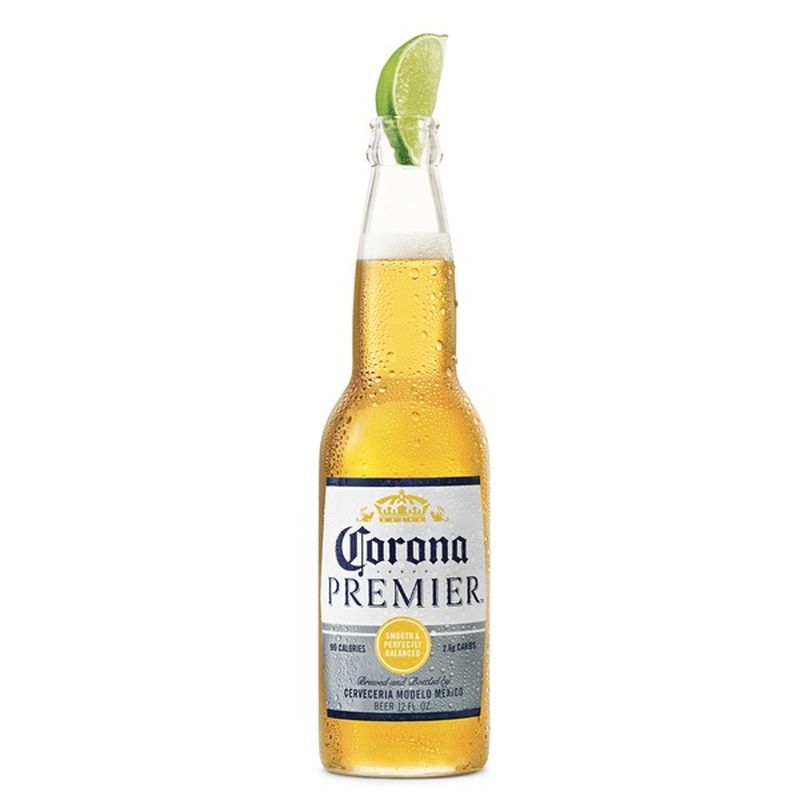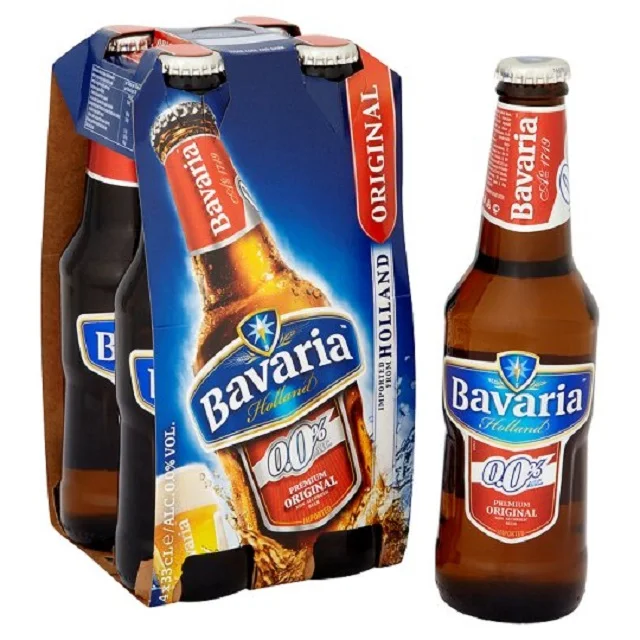
The major American breweries, including Budweiser, Pabst, and Schlitz, looked to Czech and German beer styles, many of which were light pilsners and lagers. The Czechs had strict categorization of beers reaching as far back as the 19th century, and what we’d now call “session” beers-with alcohol levels below 5 percent-were common. (Organized crime played a major role in the environment that led to 3.2 percent beer, so she knows her stuff.) Low-point beers-meaning, low alcohol content-had a long tradition in parts of Europe.Ĭzech beer culture has always included light beers, some as low as 3 percent alcohol by volume. “There was definitely a different perception of what it meant to drink beer back then,” says Claire White, educational programs director at the Mob Museum in Las Vegas, Nevada.
CORONA ALCOHOL CONTENT HOW TO
It was only with the ratification of the 18th Amendment, establishing Prohibition, that the country began to look seriously at how to treat alcohol as a public health concern, and as a potentially dangerous product.

The 1897 Bottled-in-Bond Act was the first real legislation to establish any oversight on what goes into bottles of liquor at that point, the idea of labeling alcohol content on a beer was totally unknown.

The end product is hardly different from unrestricted versions, yet it’s widespread and pernicious enough to have had huge effects on the way people live and drink. This is exactly the kind of bizarre law that’s so fun to examine. That’s not too different from the percentage of alcohol by weight in many “full” beers Amstel Light clocks in at 4.1 percent, and Miller Lite, Coors Light, and Bud Light are all at 4.2 percent.Īnd yet, for over 80 years (and counting, in Minnesota), if you wanted to sell beer in certain states, you’d have to make it weaker. If we’re talking in terms of ABV, which modern drinkers understand much better, 3.2 percent beer is really 4.0 percent beer. But because 3.2 percent beer is an odd relic of the past, it is not measured in this way 3.2 actually means the percentage of alcohol by weight.


Double measure (50ml) of 17.5% fortified wine


 0 kommentar(er)
0 kommentar(er)
